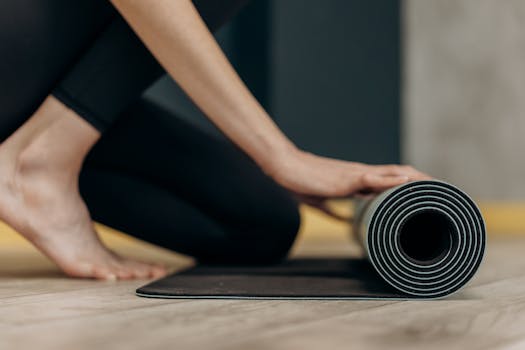The Transformative Role of Breathwork in Yoga: Techniques for a Better Practice
Takeaways: Breathwork is a fundamental aspect of yoga that enhances physical practice, promotes mindfulness, and improves overall well-being. Incorporating techniques such as Pranayama can significantly deepen your yoga experience.
Yoga is often celebrated for its physical postures and meditative aspects, but one of its most crucial elements—breathwork—often goes unnoticed. Breathwork, or Pranayama, refers to the practice of controlling the breath to enhance physical and mental well-being. In this article, we will explore the role of breathwork in yoga, discuss various techniques, and provide insights for better practice.
The Importance of Breath in Yoga

- Enhances Focus: Breath serves as an anchor for the mind, helping practitioners maintain focus during their practice.
- Reduces Stress: Deep, conscious breathing can activate the parasympathetic nervous system, leading to relaxation and reduced stress levels.
- Improves Posture: Breath awareness encourages better alignment and posture, benefiting practitioners both on and off the mat.
- Increases Energy: Certain breathing techniques can invigorate the body, providing a natural boost of energy.
- Facilitates Meditation: Breath control is a key component of meditation, helping practitioners enter deeper states of awareness.
Common Breathwork Techniques in Yoga

1. Ujjayi Breath
Also known as victorious breath, Ujjayi involves slightly constricting the throat while breathing in and out through the nose. This technique helps to create a soothing sound and promotes a sense of calmness. It’s commonly used in Vinyasa and Ashtanga yoga.
2. Nadi Shodhana (Alternate Nostril Breathing)
Nadi Shodhana balances the left and right hemispheres of the brain. To practice, close one nostril while inhaling through the other, then switch sides. This technique is excellent for reducing anxiety and promoting mental clarity.
3. Kapalabhati (Skull Shining Breath)
Often described as a cleansing breath, Kapalabhati involves short, forceful exhales followed by passive inhales. This energizing technique helps to clear the mind and boost energy levels, making it perfect for morning practices.
4. Bhramari (Bee Breath)
Bhramari involves making a humming sound while exhaling. This technique calms the mind and reduces stress, making it a wonderful addition to any yoga practice.
Integrating Breathwork into Your Yoga Practice

- Start with Awareness: Begin your practice by becoming aware of your breath. Notice its natural rhythm before incorporating specific techniques.
- Practice Regularly: Make breathwork a daily practice, even outside of your yoga sessions, to enhance its benefits.
- Match Breath with Movement: Synchronize your breath with your movements during yoga poses to deepen your practice.
- Listen to Your Body: Pay attention to how different breathing techniques affect your body and mind, and adjust accordingly.
Conclusion

For more resources on breathwork and yoga techniques, check out Yoga Journal, MindBodyGreen, and Yoga Basics.




